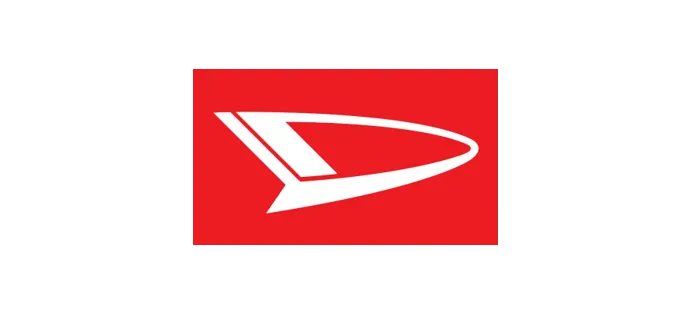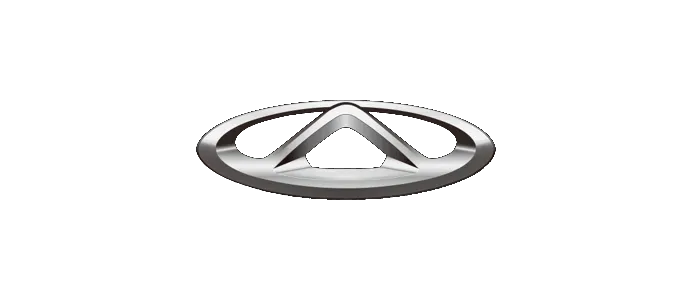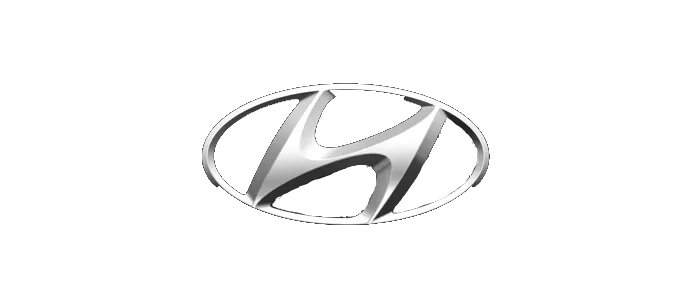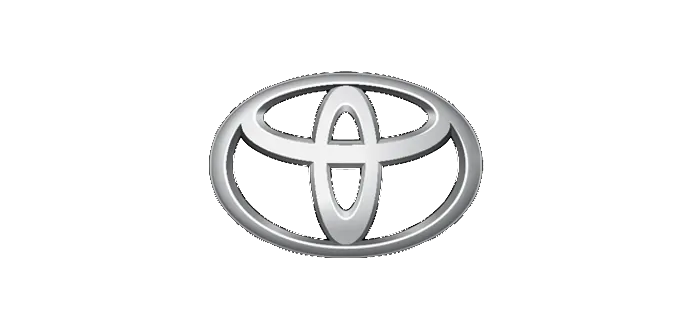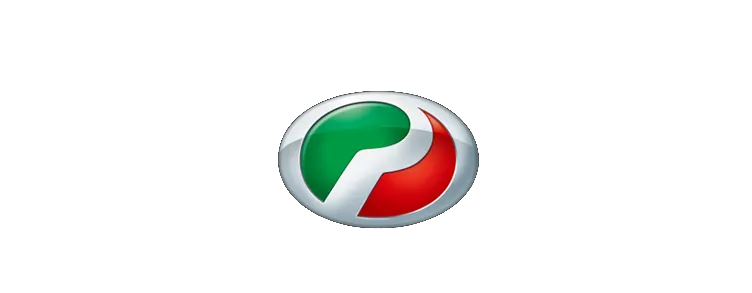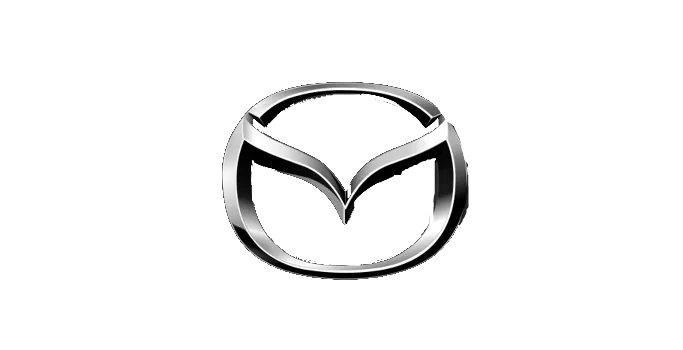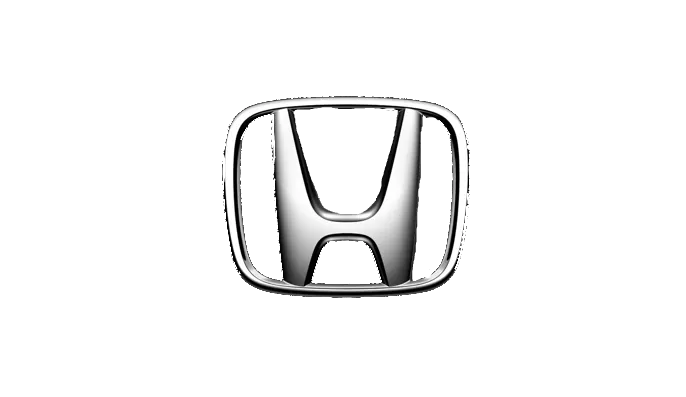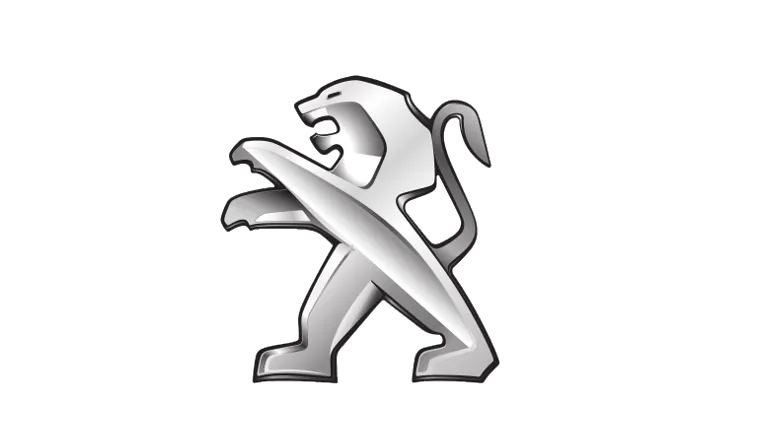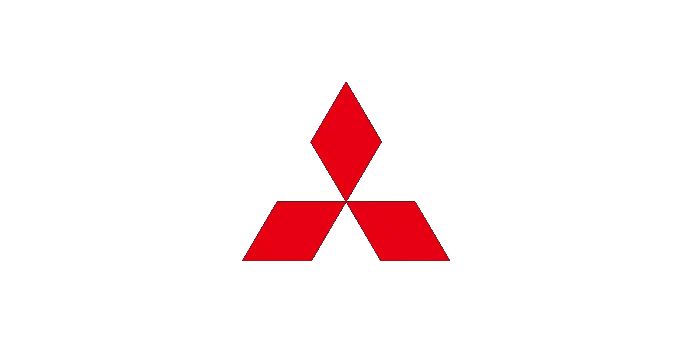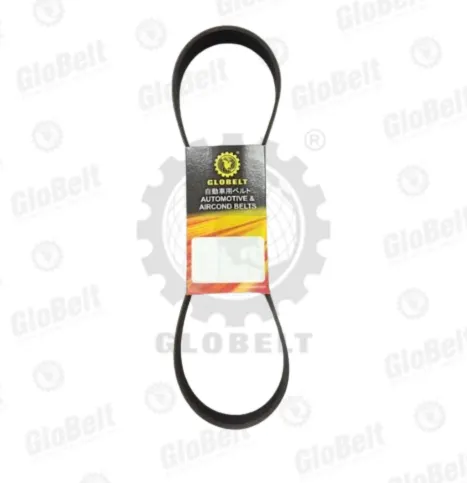
Fan Belt
What is Fan Belt?
GLOBELT FAN BELT is specially design for the convinence of customer when comes to the time for regular replacement of the component. A fan belt is an important part of your vehicle’s engine block, but do you know What a fan belt really is? What does a fan belt do? And How long does your fan belt last?
Read on to learn more about this vital piece of your vehicle that is responsible for powering your alternator, power steering pump, and air conditioning compressor.
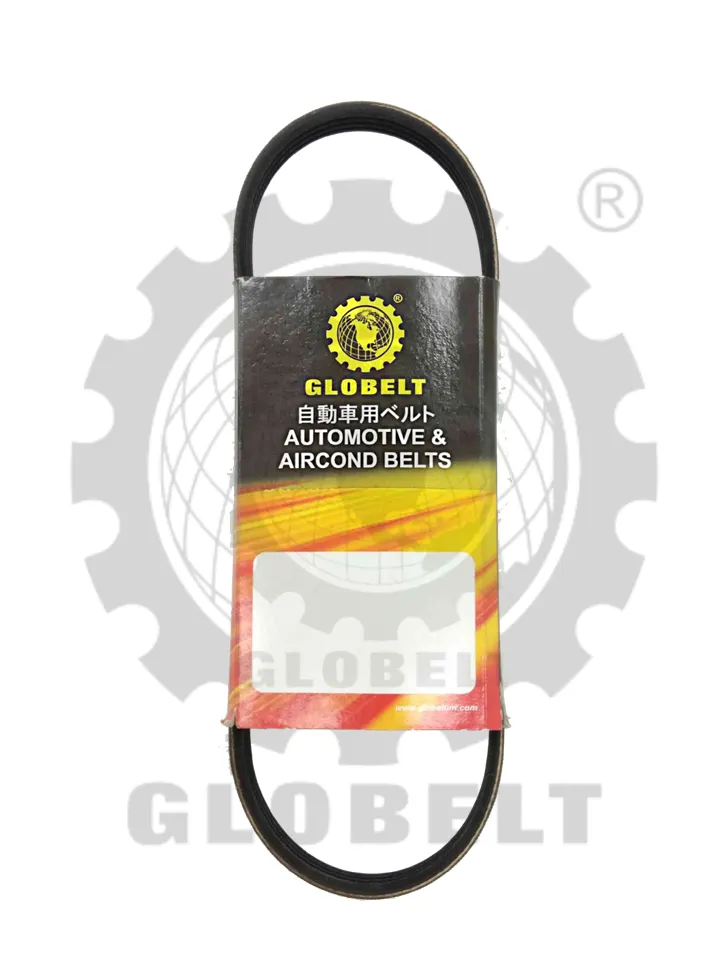
Texture of Fan Belt
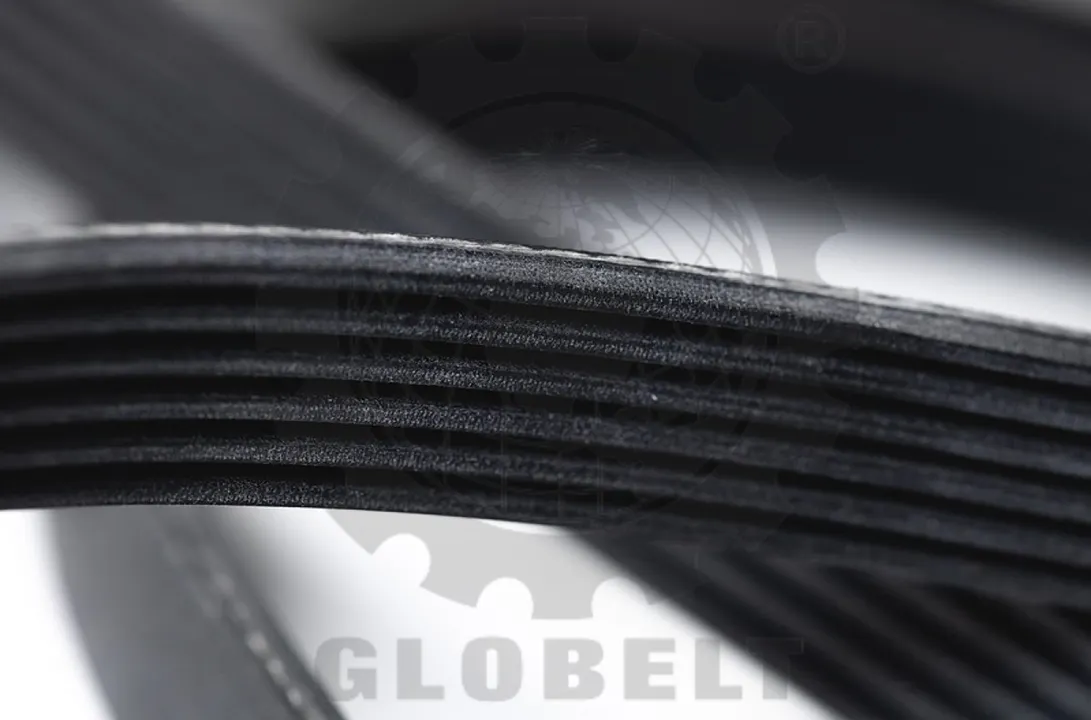
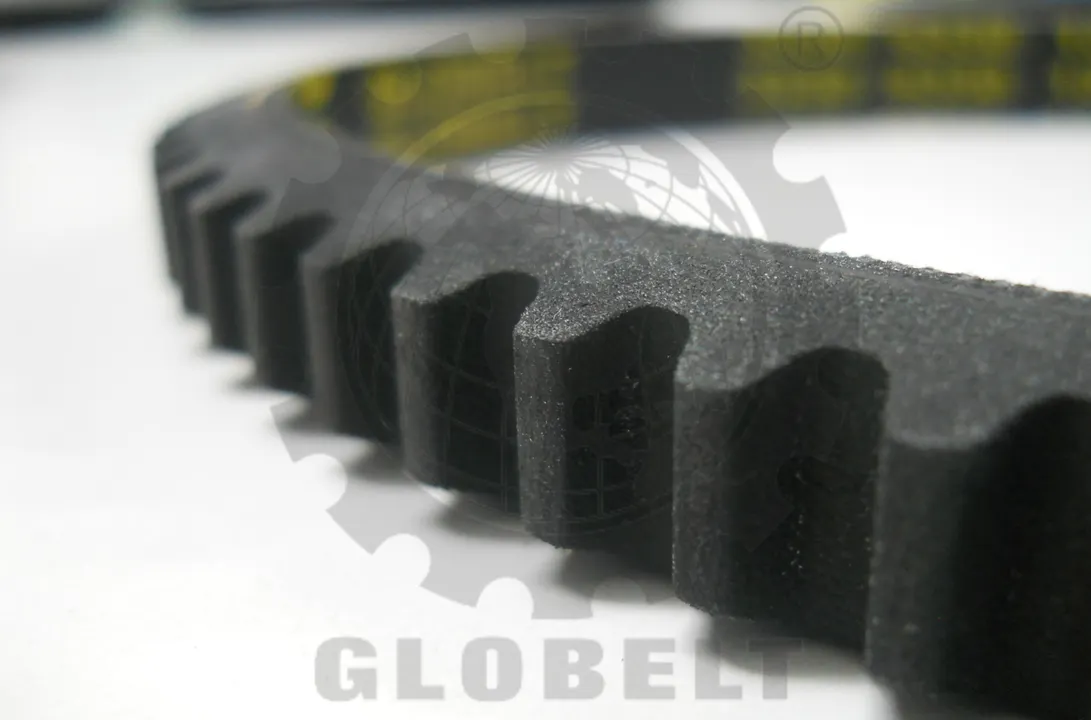
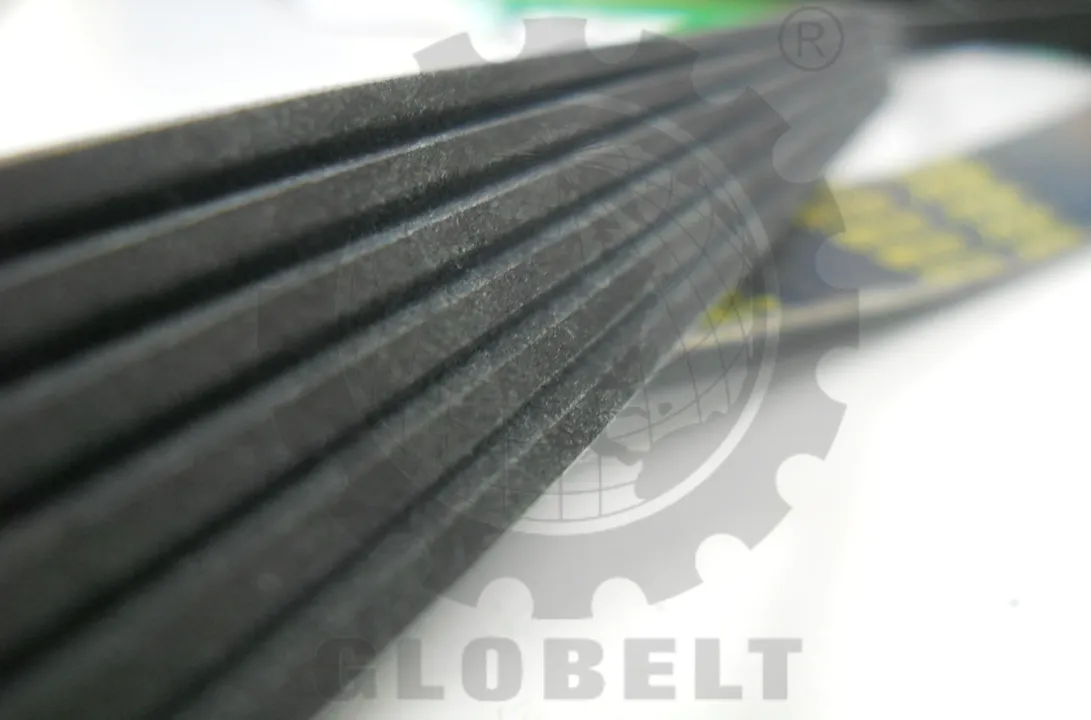
Ethylene Propylene Diene Monomer (EPDM) Rubber Fan Belt
GLOBELT Fan Belt is manufactured with Ethylene Propylene Diene Monomer (EPDM) rubber. EPDM rubber is a type of synthetic rubber that is used in many applications. It offers long lasting service life and durable performance to your vehicle belt drive systems, but unlike older rubber belts, they don’t always show wear with traditional signs of visual damage and loud belt noise.
Today’s EPDM belts are much more resistant to cracking, since they can run up to 100,000 miles or beyond without visual cracks - despite the belt being worn to near failure. This resilient material quality makes EPDM belts more durable than their chloroprene counterparts, but also significantly harder to conduct a visual belt wear diagnosis.
Function of Fan Belt
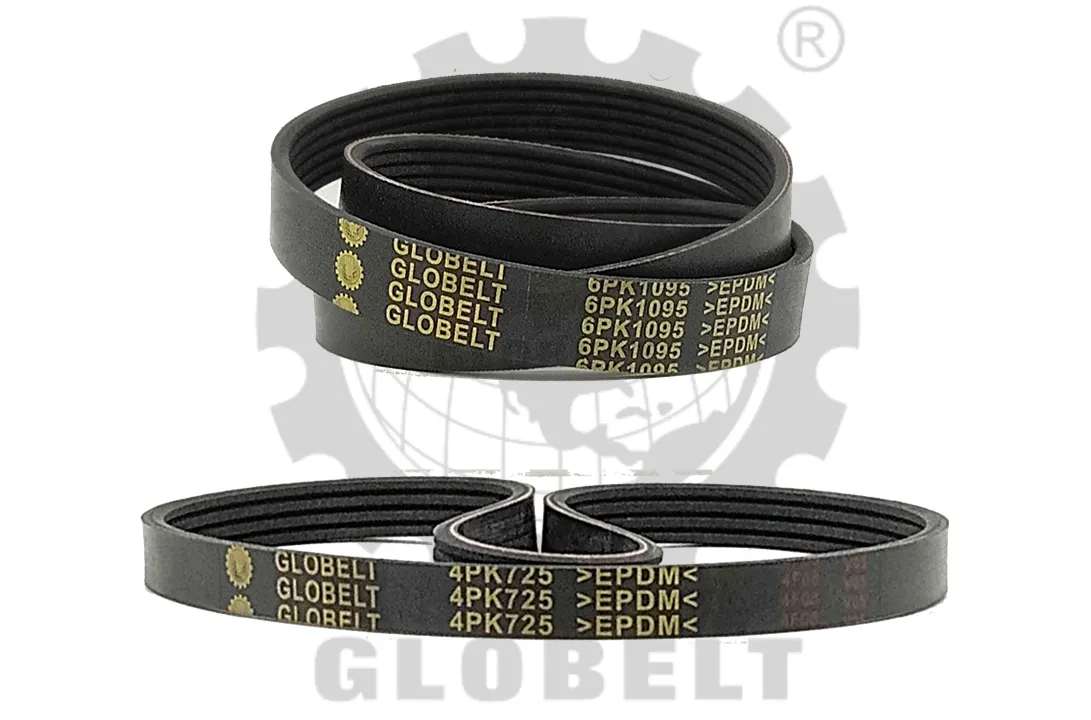
The fan belt is a flexible synthetic rubber band which connects various engine components together. It has a long series of teeth running along the inner surface of the belt which generate traction, allowing it to grip to the shafts it connects and keeping it from slipping off at any point. The fan belt is used to transfer rotational power from one place to another in the engine.
It works in a very similar way to the timing belt; the only real difference is that it connects a different set of rotating shafts together. It is called the fan belt because one of the shafts which it connects to is the spinning engine cooling fan. A good quality fan belt will be designed to minimize the amount of friction generated within your car’s engine. Newer fan belts are made with curved teeth exactly for this purpose. Decreased friction in the engine will increase the overall performance of your engine. It will also mean that the belt will last longer and will have to be replaced less often.
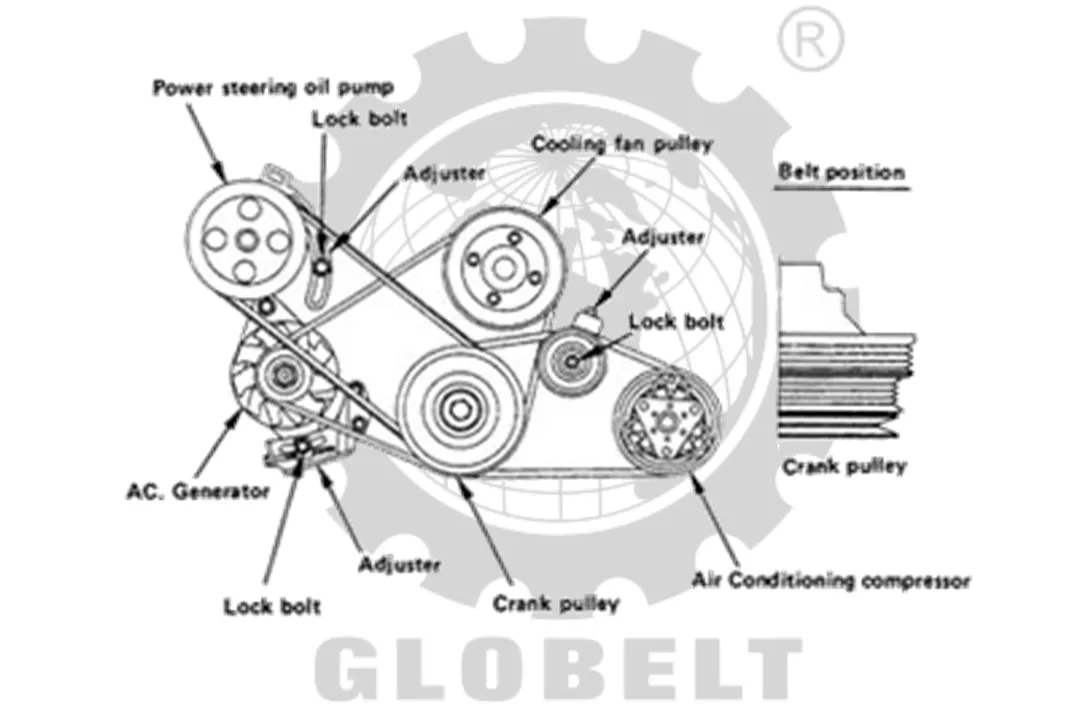
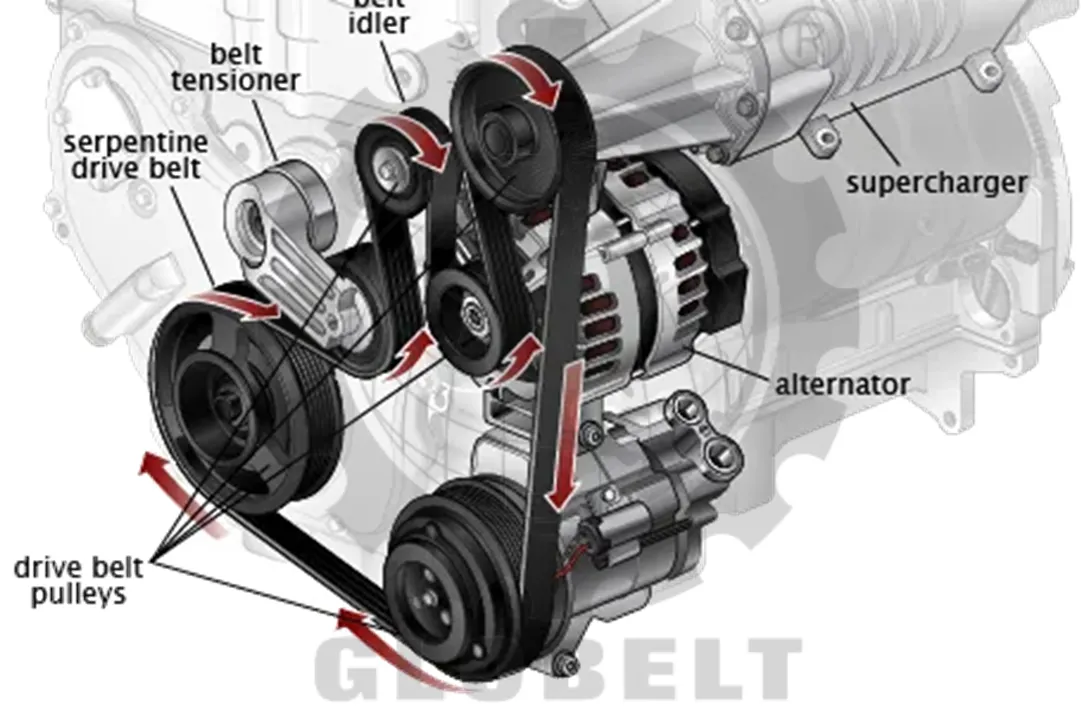
Highlights
Fan Belt connects various engine components together.
Has teeth to generate traction.
Transfer rotational power from one place to another in the engine.
Spinning engine cooling fan.
Minimize the amount of friction generated within your car’s engine.
Warning Signs - Maintenance & Replacement
How does Fan Belt wear out?
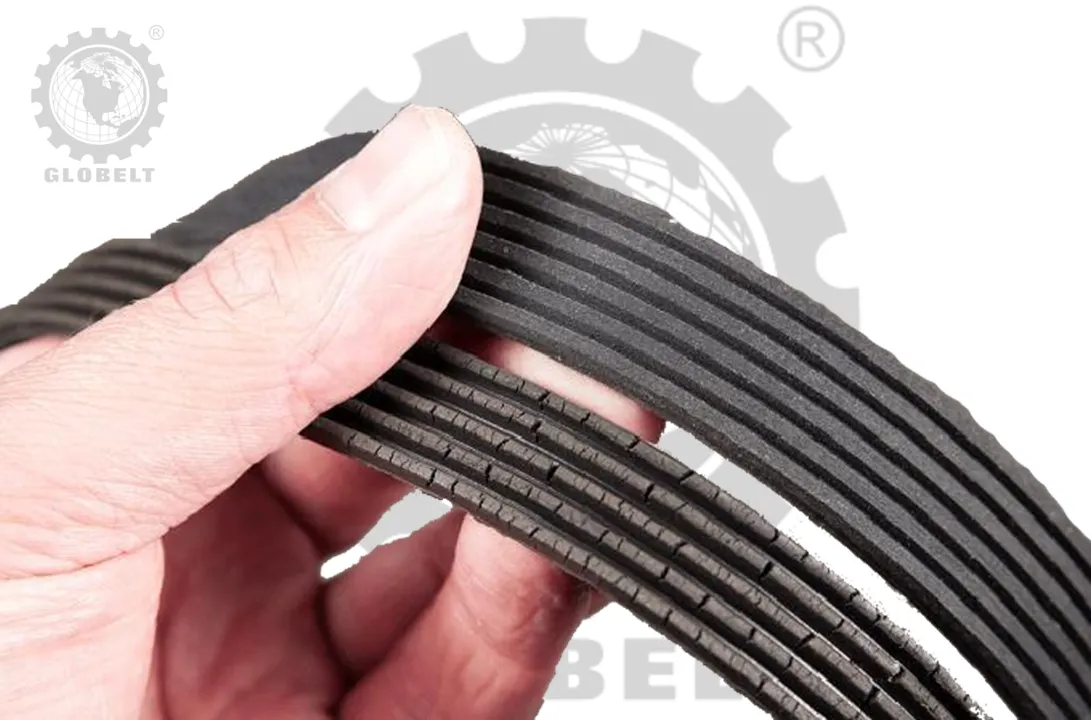
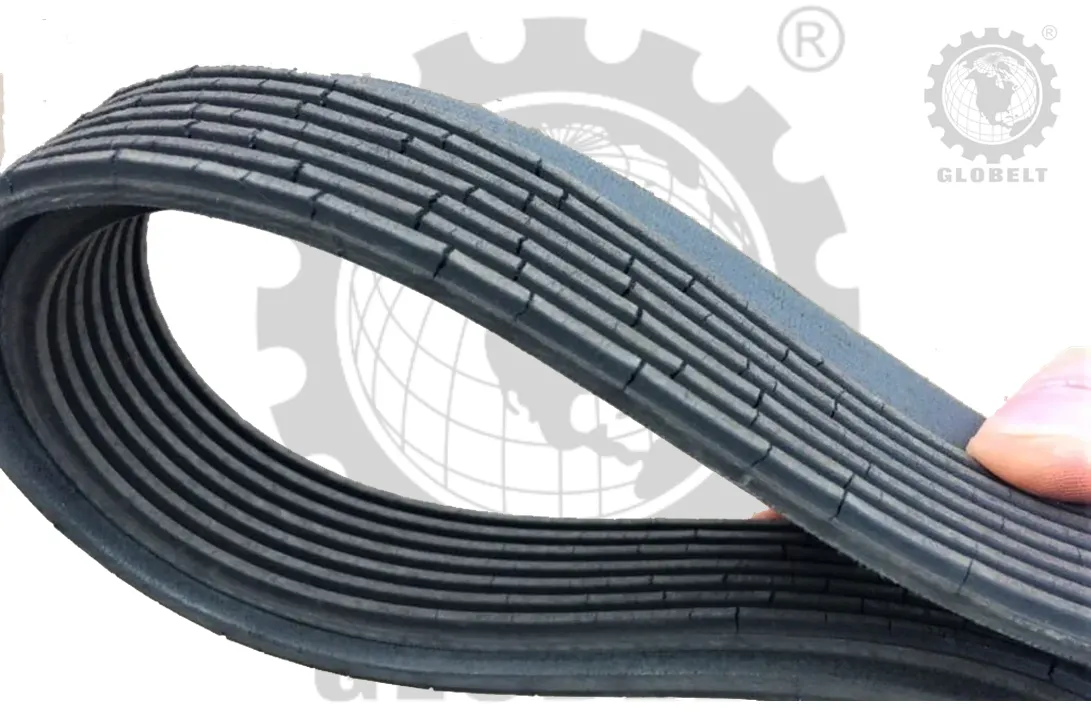
The fan belt break more often because of a oil leaks . Oil can interfere with the timing belt. It can get in between the belt’s teeth and can cause the belt to slip and slide and even come off entirely. If you notice any oil leaking from your engine then you should get this seen to as soon as possible as it could cause a lot of further damage if it makes the timing belt come off.
Another cause of the breakdown of the fan belt component is water leaks . Water leaks will have a similar effect as oil leaks on your timing belt. The effect can be made worse if the water which is leaking has been mixed with antifreeze. If you notice that your car is leaking water from an unusual place, have it checked over by your local mechanic. This will prevent the water from having an effect on the lifespan of your timing belt.
Maintenance & Replacement of a Fan Belt
A synthetic rubber that is far more durable, heat-resistant and wear-resistant than Neoprene. This means fan belts made of EPDM may last up to 100,000 miles or more before they have to be replaced. But that doesn’t mean they will last forever .
A fan belt that’s aging or slipping may develop a hard glazed surface that makes the belt noisy . Aerosol belt treatments may quiet the noise for a while, but sooner or later you’ll have to replace your belt. The appearance of surface cracks in the rubber is another clue that a belt is reaching the end of the road and should be replaced . Under normal conditions, the belt needs to be replaced every 4 to 6 years .
The sooner the better because a belt failure will result in a breakdown, for instance loss of engine cooling, aircond cooling, charging output and power steering assist.
WARNING!!
Any of the following symptoms indicating that your fan belt needs to be replaced :
Squealing, whining, and chirping sounds coming from under the hood of your car indicate that your fan belt is either misaligned or slipping. You may want to have your fan belt tensioner examined.
Failure of vehicle systems like your power steering and air conditioner could indicate that your fan belt is unable to properly transfer power.
If your engine overheats, it could be that you’re driving a vehicle whose water pump is powered by the fan belt. If so, overheating could indicate that you need a fan belt replacement.
If you happen to be under the hood and notice cracks and wear on the rubber of your fan belt, it’s time to replace your fan belt.
If your battery dies, it’s possible that your fan belt is failing to deliver power to your alternator.
Failure to ignore the signs and replace your fan belt can cause further damage to your vehicle. Drivers can experience a variety of effects like the failure of a variety of different vehicle systems, including the power steering, alternator, water pump, and air conditioner.
Why GLOBELT is Your First Choice?
Advantages
Exorbitant Brand Reputation - GLOBELT is a leading supplier of auto transmission system to the automotive vehicle industry.
Warranty - GLOBELT parts are all backed with premium warranty.
Great Convenience - Applying warranty via GLOBELT.net by scanning QR code provided.
Excellent Belt Quality - Timing Belt is manufactured with high quality, long lasting service life and durable performance EPDM (Ethylene Propylene Diene Monomer).
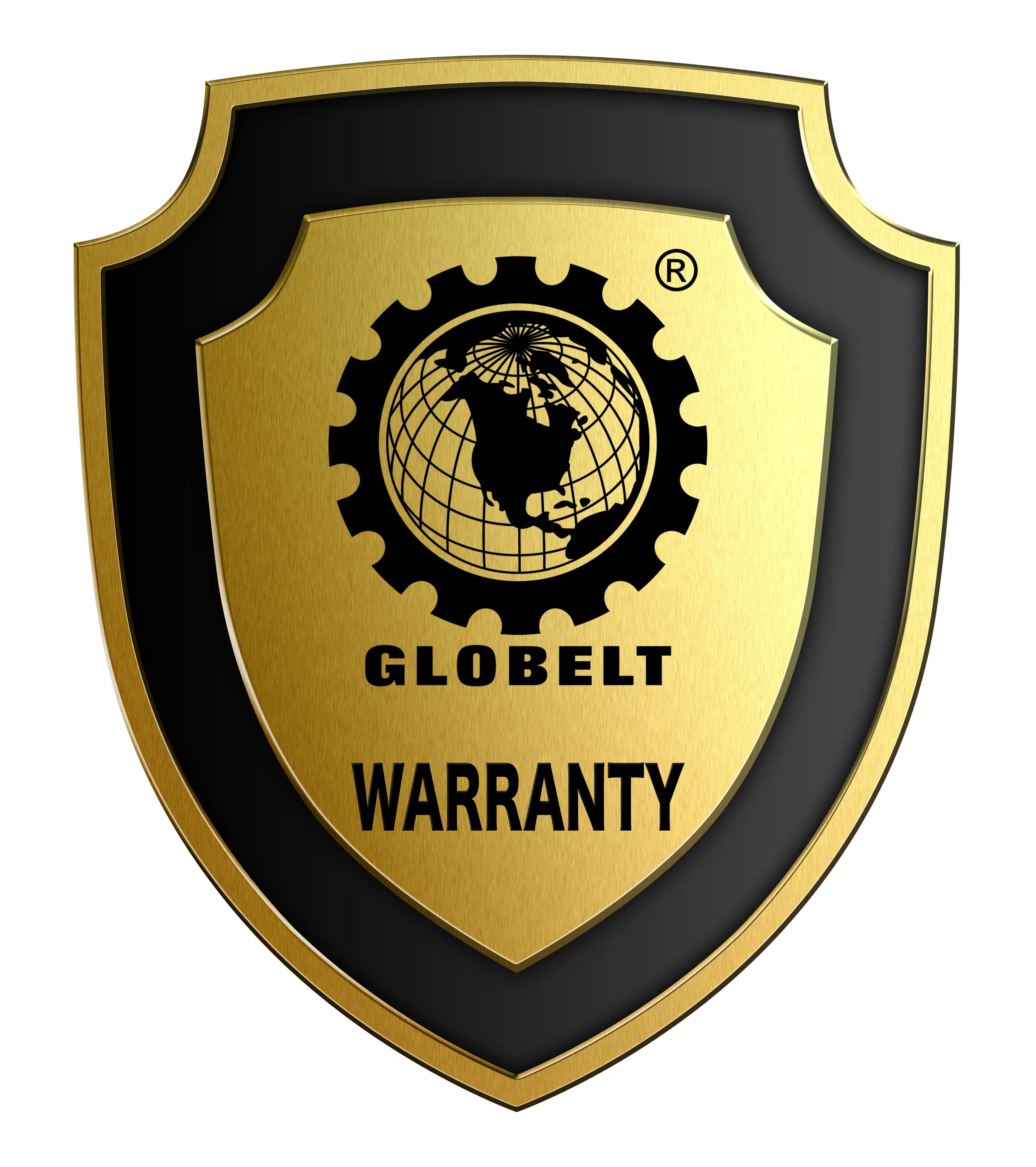
Conclusion
The fan types of the belt are the most common belt used today. It’s a single belt used to power most essential components of the vehicle and it is easy to change. Since a fan belt is single belt use to drive multiple devices, the car owner is assured to be on the roadside if it got broken. This is why regular inspection should be made of these types of drive belt to avoid the future issue.
Driving with a worn belt can damage engine accessories as power distribution won’t be optimal, creating unnecessary strain on mechanical parts. Even if an old fan belt looks good, it has a limited lifespan, so replacing it with a new belt can save you money in the long run. You’ll prevent the risk of breakdown and potential engine damage a worn or broken serpentine belt can incur.

Specialize in all kind of Belt
Our Pages
Contact Us
Follow Us On
© 2024 GloBelt. All Rights Reserved.

